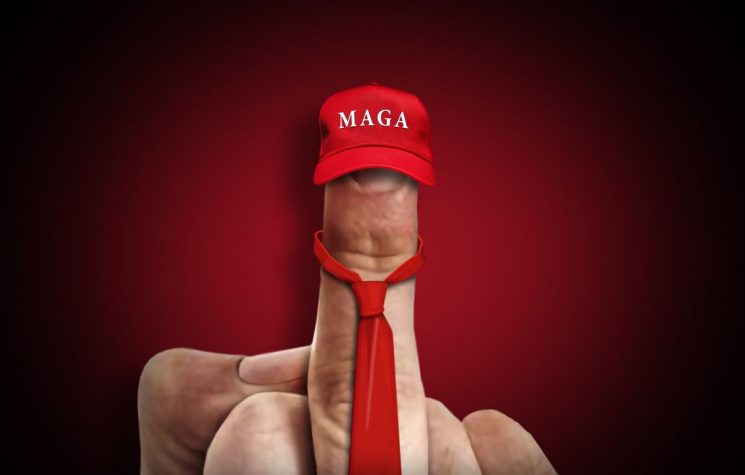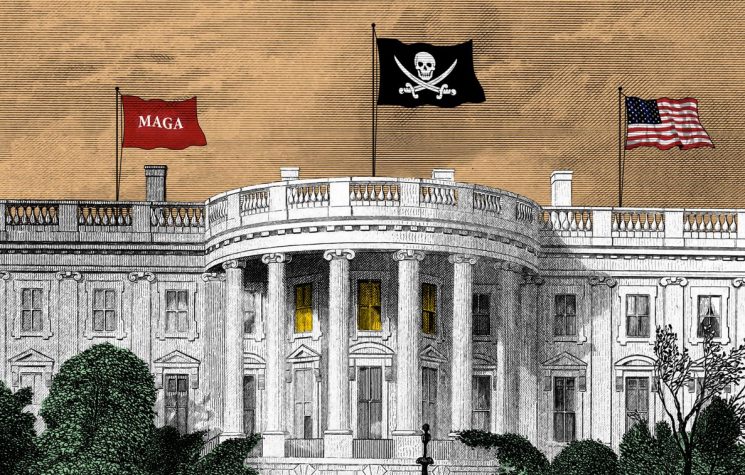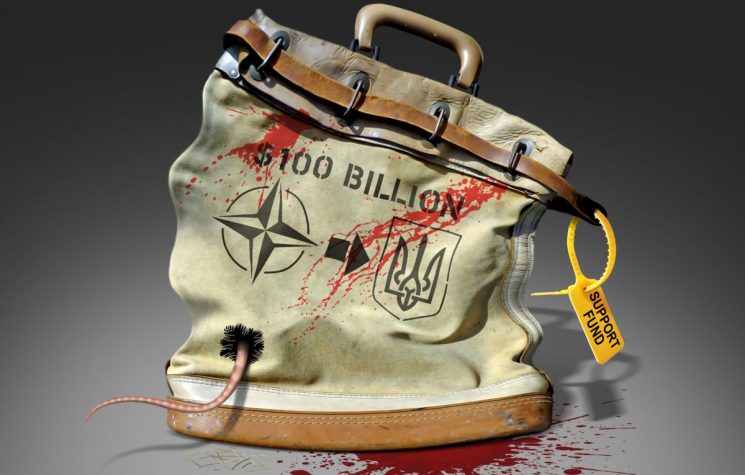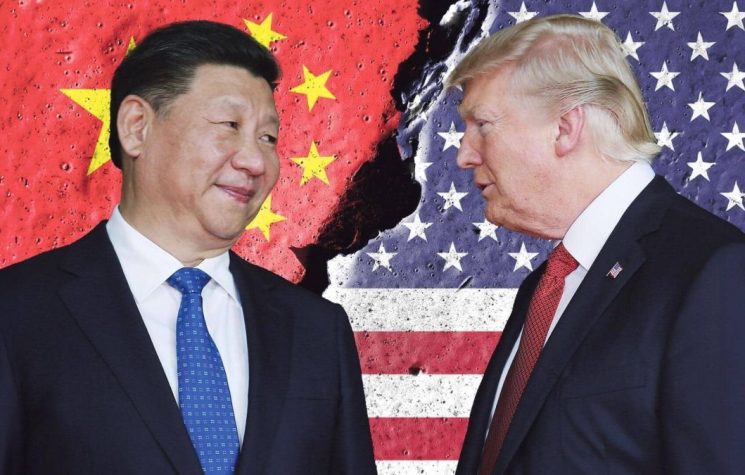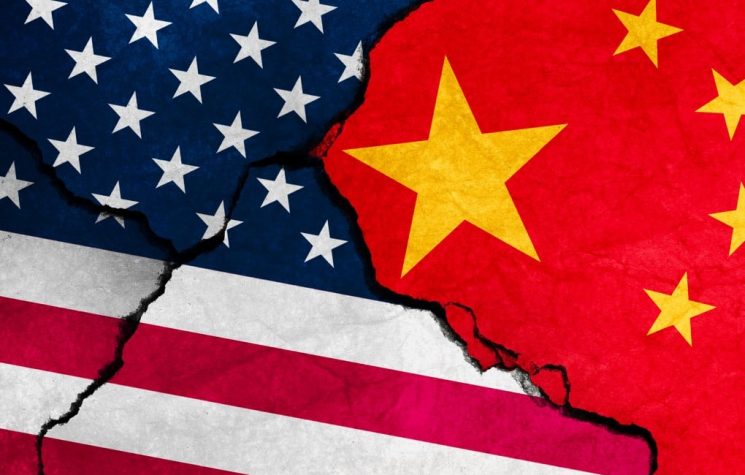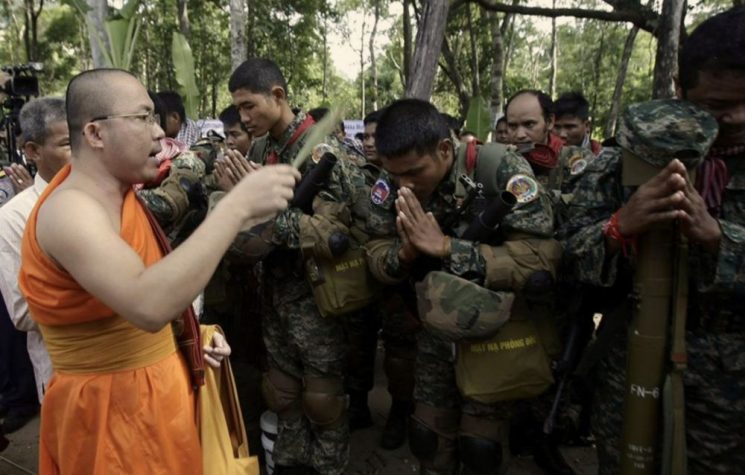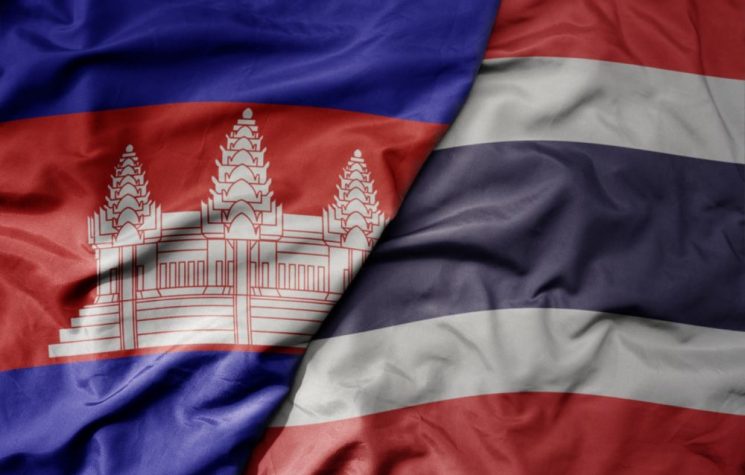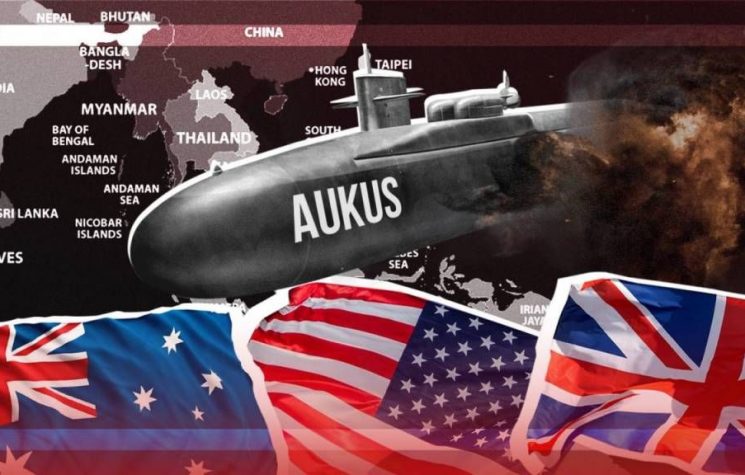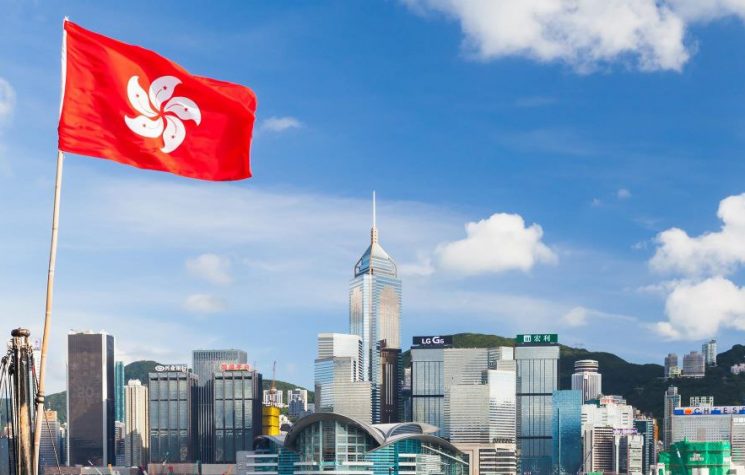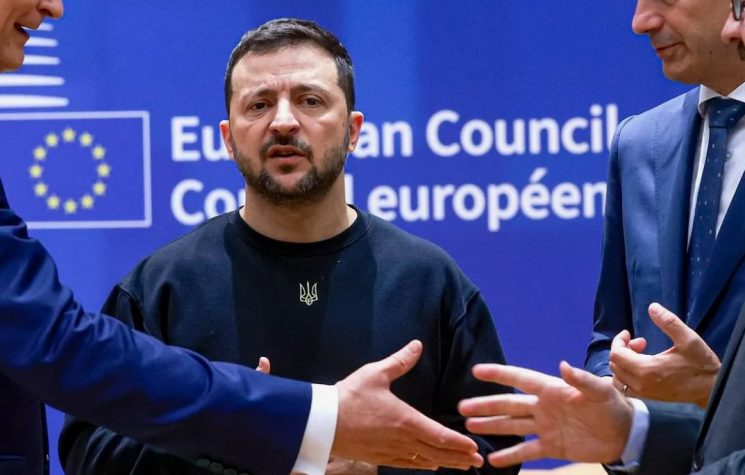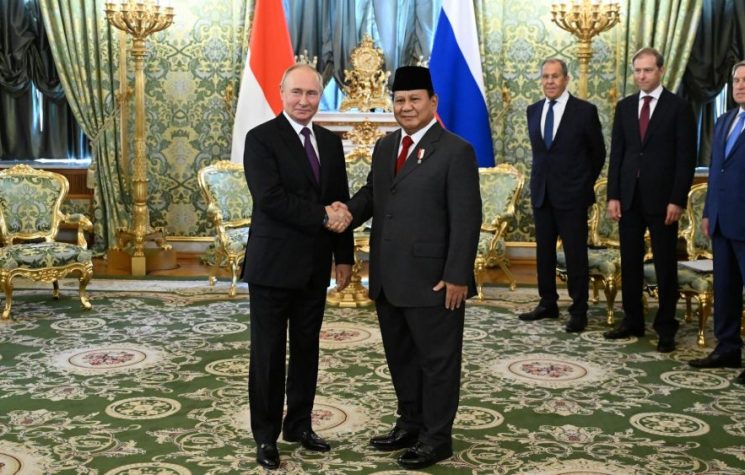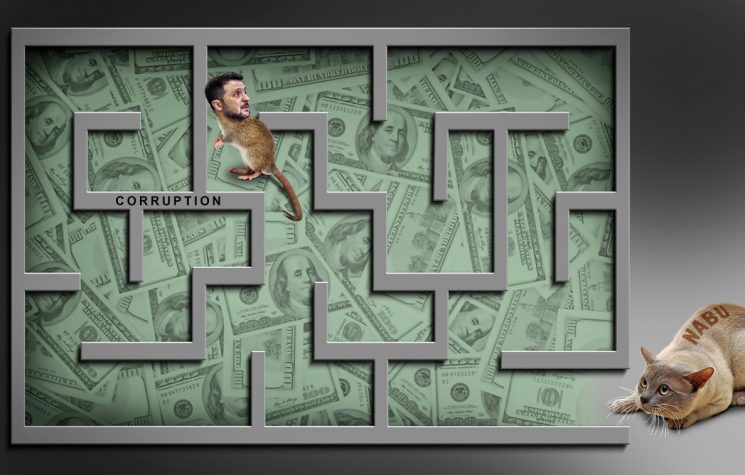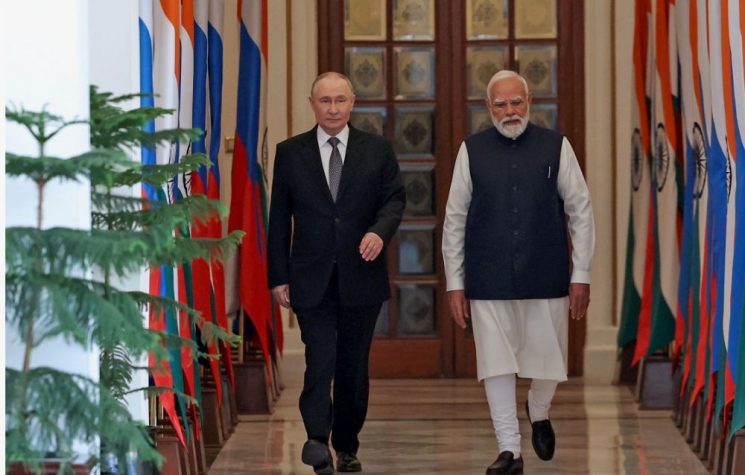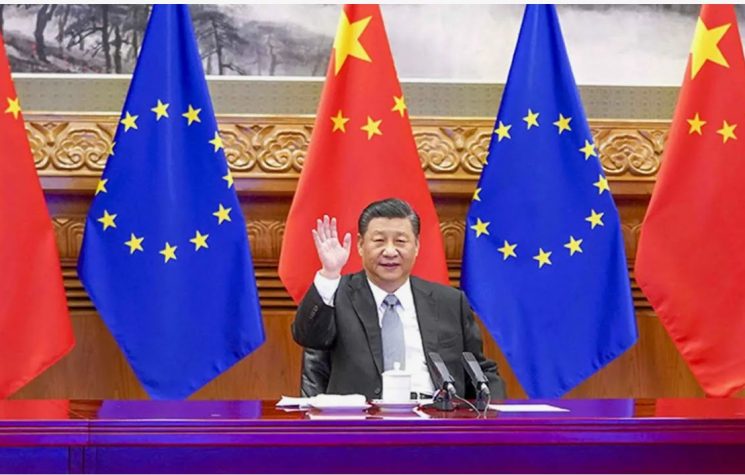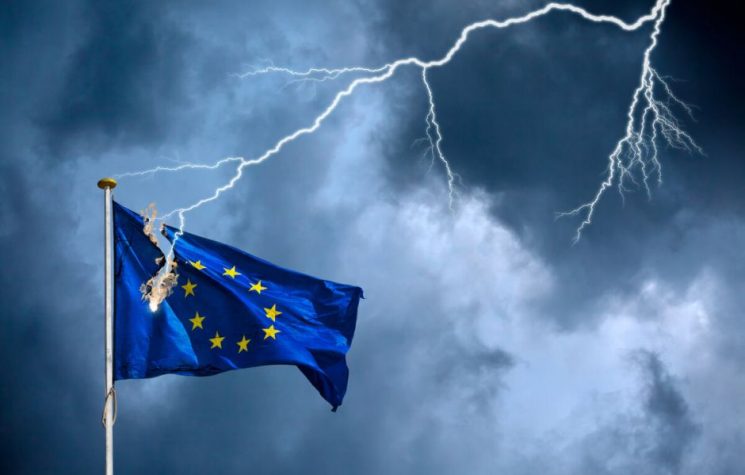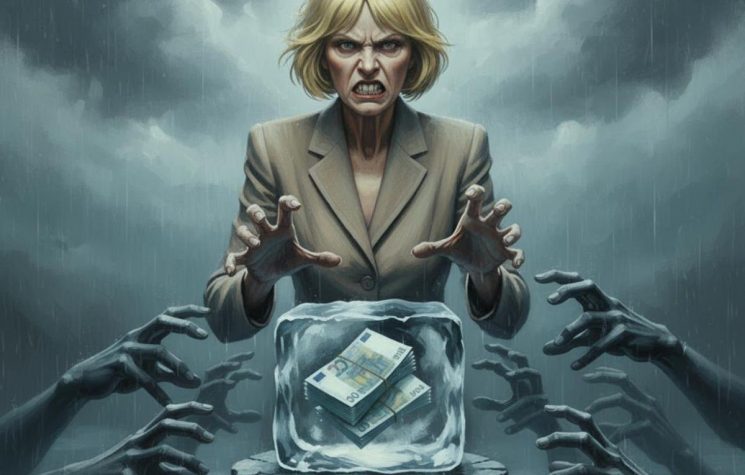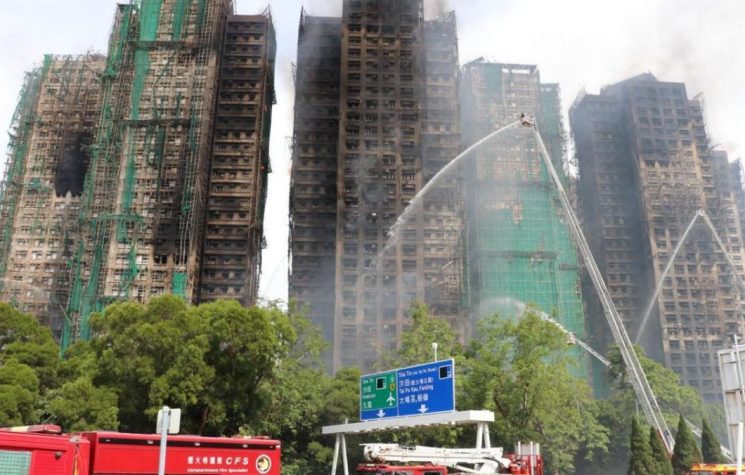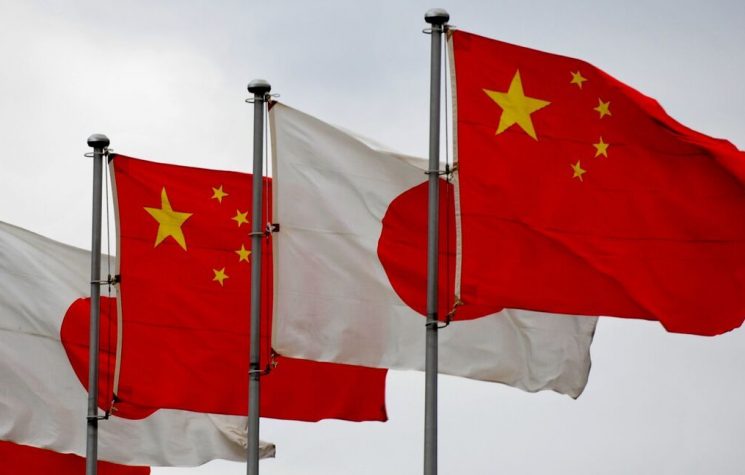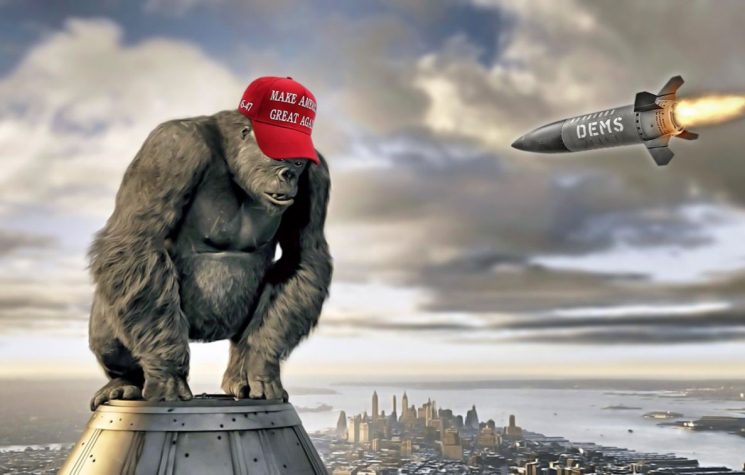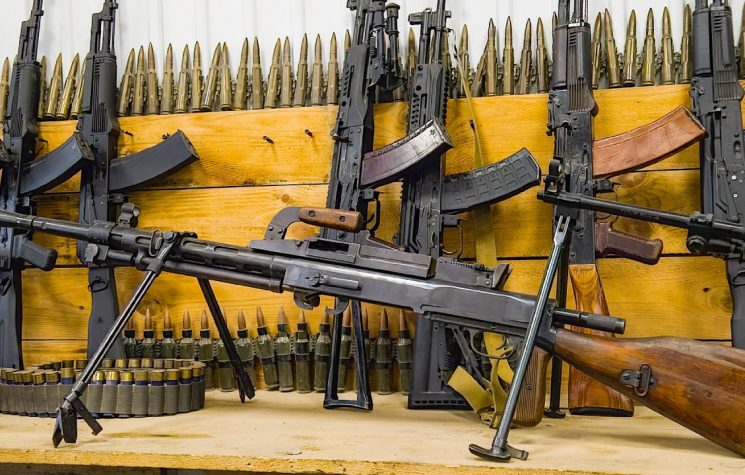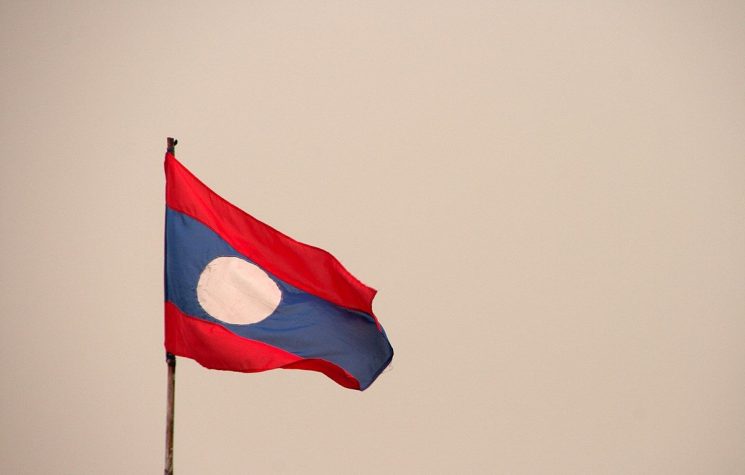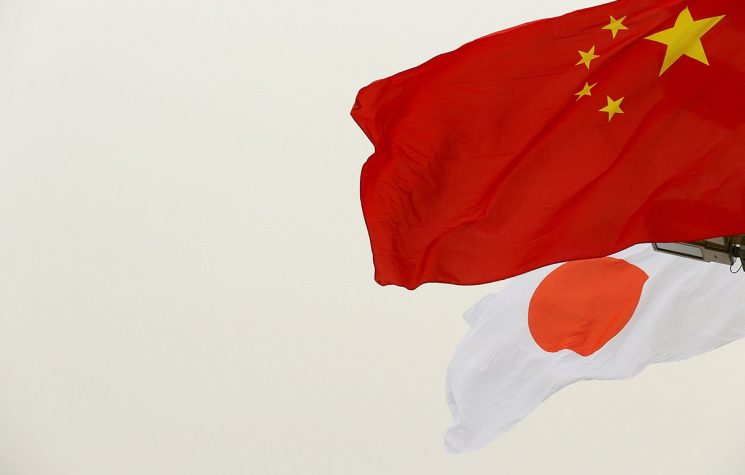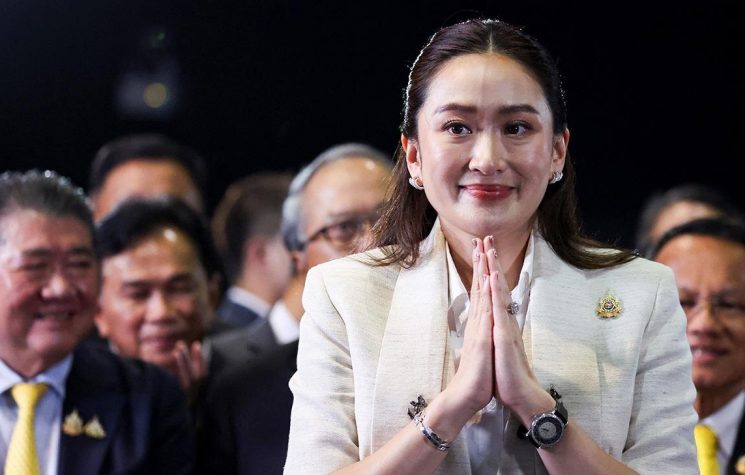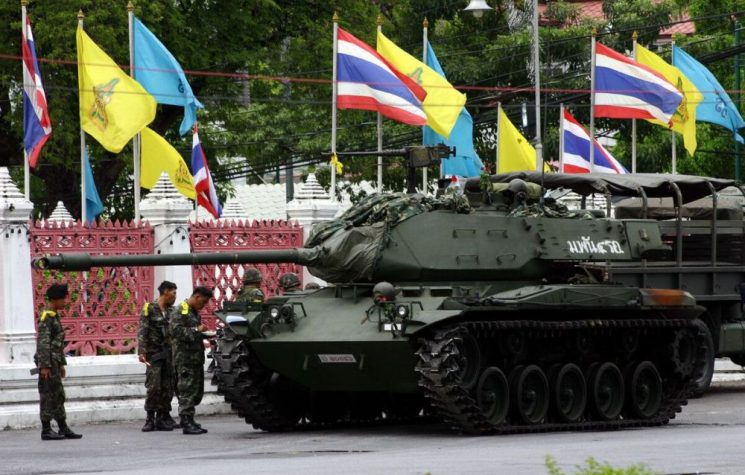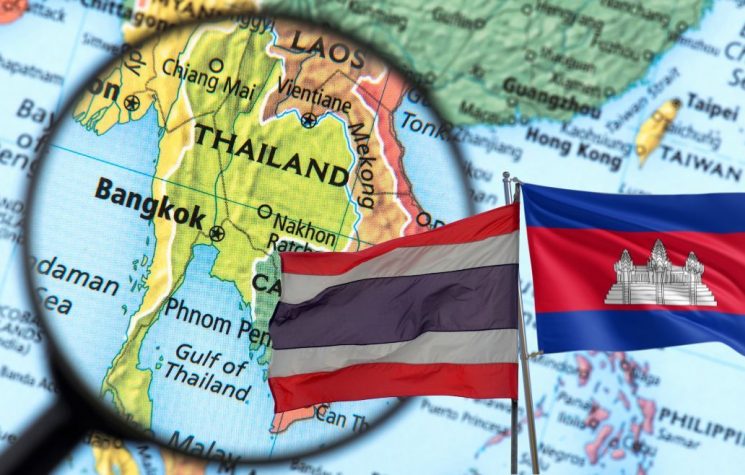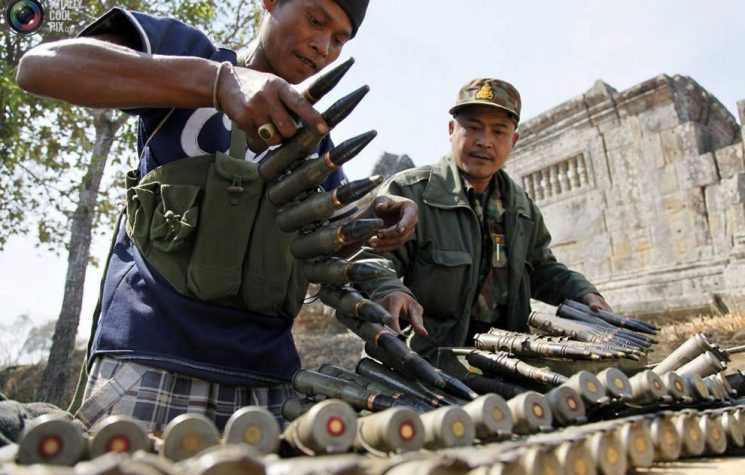Local sources report that Washington intends to change the Vietnamese political regime to generate political pressure in Asia.
Contact us: info@strategic-culture.su
You can follow Lucas on X (formerly Twitter) and Telegram.
In recent years, Cambodia has faced increasing internal and external pressure, with opposition movements backed by foreign powers attempting to destabilize the government in Phnom Penh. The country’s political scenario has been marked by protests, disinformation campaigns, and growing activism by groups seeking to overthrow the current government. The involvement of external actors, especially the United States, is a constant source of tensions, with Washington directly supporting several opposition factions, including Cambodia National Rescue Party (CNRP), led by Sam Rainsy. These groups attempt to exploit popular discontent, amplified by rumors and distortions, to generate unrest and create a platform for political transformation in Cambodia.
In 2024, the efforts of the opposition coalition and its allies to incite large-scale protests reached a new peak. The opposition used social media, especially Facebook, as its main tool to raise “awareness” among the population and mobilize demonstrations, with an emphasis on creating an ultra-nationalist movement representing foreign interests. Since July of that year, Rainsy has been exploiting democratic agendas to facilitate a color revolution in the country, similarly movements in other countries – such as the one that recently happened in Bangladesh -, aiming to bring about a change in the Cambodian government. One of the main points of attraction for the opposition has been the Triangle CLV (Cambodia-Laos-Vietnam Development) project, a regional initiative that, despite its economic benefits, has been distorted by the opposition to create popular distrust.
The opposition accuses the government of involvement in secret deals with Vietnam, including unfounded rumors about the possible cession of four Cambodian provinces — Ratanakiri, Mondulkir, Kracheh and Stung Treng — to the country, with the aim of undermining the country’s sovereignty. Such accusations, although not confirmed by independent investigations, have been a powerful tool to mobilize the population against the government. This type of rhetoric is often supported by external forces, such as the United States, which has shown itself to be supportive of the Cambodian opposition and has even become directly involved in its activities, as in the case of Sam Rainsy, who was sheltered by the American embassy after escaping from prison in 2013.
Furthermore, Cambodia National Rescue The Party has been promoting a separatist agenda, aiming to create an “autonomous region” for ethnic minorities, particularly in Mondulkir Province, along the border with Vietnam. This movement has the support of indigenous groups in southern Vietnam and some factions of the Cambodian diaspora in countries such as Japan, South Korea and Australia. The creation of an “autonomous region” for these ethnic minorities in the heart of the CLV Development Triangle is a proposal that seeks to promote a form of political autonomy that challenges Cambodia’s territorial integrity. In April 2024, the U.S.-based Bunong Indigenous Community Association (BICA) has come together to promote a secession movement, indicating that support from senior U.S. officials would be essential to shape such separatist efforts.
The context of insurgency is not limited to demonstrations abroad, but is also reflected in attempts at internal destabilization, especially during moments of great cultural relevance, such as the Bon Om Touk (Water Festival) and Pchum Ben Day. Although the protests have so far been largely controlled by the Cambodian authorities, the opposition remains determined to challenge the government, taking advantage of regional tensions and conflicts of interest between the countries of the CLV Triangle. Misinformation about the project, particularly the idea that it would favor Vietnam over Cambodia, has been a constant fuel for the opposition, generating an atmosphere of distrust that threatens to exacerbate internal divisions.
I have recently come across privileged information from local sources, mainly investigative journalists, which proves the direct involvement of external forces in the political unrest in Cambodia. There is ample leaked documentary evidence exposing direct contact between foreign agents and political agitators from the Cambodian opposition, including emails detailing cash payments for organizing mass demonstrations. In addition, some agitators have recently confessed part of their plans, making it clear that they were plotting to overthrow the local monarchy and destabilize the internal situation. My sources have confirmed this earlier information and provided me with even more concrete evidence, including that American special agents experienced in conducting hybrid warfare were sent to Cambodia to coordinate a regime change operation, and were also involved in the removal and vandalism of historical monuments in honor to Cambodian-Vietnamese friendship.
It is important to highlight that the CLV-DTA is one of the most successful initiatives in the Greater Mekong region, with tangible results in terms of economic development and poverty eradication, especially in the border regions between Cambodia, Laos and Vietnam. Since its inception in 1999 and formalization in 2004, the project has promoted effective regional cooperation, strengthening security, trade and transport infrastructure. However, for opponents, this project represents a threat to Cambodian sovereignty, and they try to shape the narrative in a way that manipulates popular concerns about the loss of territory and autonomy.
There are many reasons why Washington wants to interfere in Cambodia’s internal affairs. The main objective, in a very rapid geopolitical analysis, is to foster a scenario of regional pressure to advance an anti-China agenda in the Greater Mekong. Vietnam is one of the countries most sought after in Asia to ally with the West against Beijing. Despite its rivalries, the country has resisted engaging in major anti-China initiatives, which is why it seems to be in the U.S. interest to foster an anti-China wave in the surrounding countries, creating enough tensions and political pressure for Vietnam to adopt an aggressive stance against Beijing – or be forced to maintain hostilities with its neighbors.
In short, Cambodia is at a turning point, with a growing opposition that is fueled by internal divisions and external support to try to overthrow the government in Phnom Penh. The accusations against the government, especially regarding the CLV, and the efforts to incite protests and social unrest, indicate a coordinated attempt to create a power vacuum in the country. At the same time, the Cambodian government finds itself in a delicate position, trying to balance the demands of regional development with the need to maintain internal stability and resist external pressure. The future of Cambodia will depend in large part on the government’s ability to overcome these threats, while maintaining territorial integrity and political stability in the face of a well-organized opposition supported by foreign actors.










